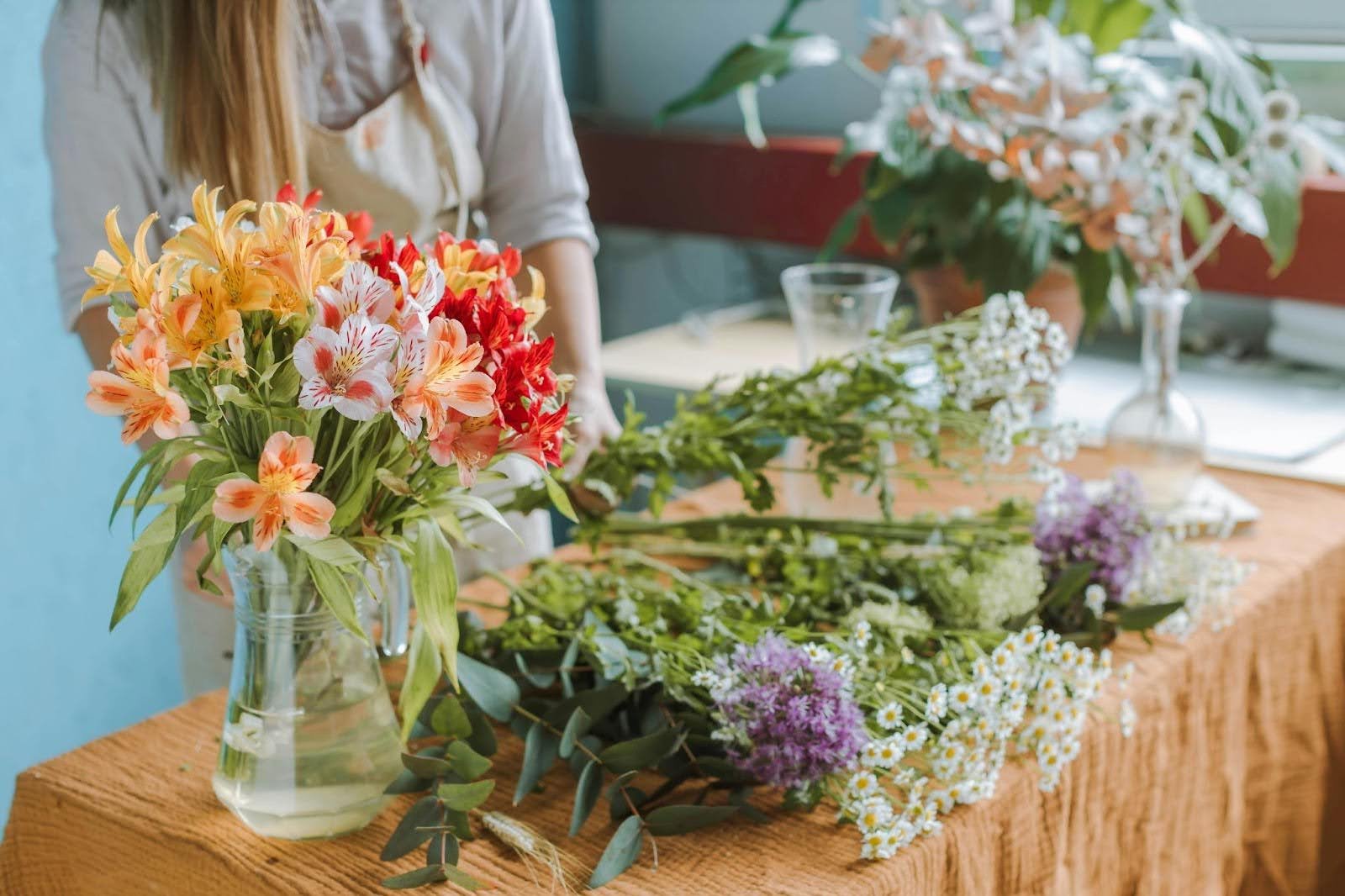Floriography: The Language of Flowers
(Source: Pexels)
Floriography, commonly referred to as the language of flowers, is a form of cryptological communication through the use or arrangement of flowers. Though it has roots in ancient cultures, it flourished particularly during the Victorian era (1837 - 1901) when societal norms made the direct expression of emotions difficult or even taboo. In this context, flowers became a discreet and poetic way to express love, sorrow, admiration, rejection, and a spectrum of sentiments that couldn't be spoken aloud.
Origins and Historical Context
The symbolic use of flowers dates back thousands of years. In ancient Egypt, flowers such as the lotus were associated with deities and rebirth. Greek and Roman mythology imbued flowers like the rose and narcissus with stories of gods, transformation, and passion.
However, the structured symbolic system known as floriography gained momentum in the 18th and 19th centuries, particularly influenced by:
Islamic and Ottoman Influence
In 17th-century Ottoman Turkey, the practice of selam, or sending symbolic messages using flowers and objects, laid the groundwork for floriography in Europe. Lady Mary Wortley Montagu, wife of the British ambassador to the Ottoman Empire, documented these customs and introduced them to English society through letters.
Victorian Obsession
By the early 19th century, floriography became a social phenomenon in Victorian England and France. Dozens of floral dictionaries were published, each assigning specific meanings to flowers. These books became popular among the middle and upper classes, especially women, who were often constrained by strict codes of conduct. In this context, flowers became a secret and polite way to flirt, reject, or console.
During this time, bouquets and floral arrangements acted almost like coded messages, known only to those who understood the meanings behind each flower's species, colour, and even the way it was presented.
(Source: Pexels)
Floriography: A Secret Vocabulary
Floriography is not just about what kind of flower is given, but how it is given. Here are some widely accepted meanings:
Roses
Red Rose: Love, passion, and respect
White Rose: Purity, innocence, and reverence
Yellow Rose: Friendship or jealousy (context-dependent)
Pink Rose: Gratitude, admiration, and joy
Lilies
White Lily: Purity and virtue (often used in funerals)
Calla Lily: Beauty and elegance
Tiger Lily: Wealth and pride
Violets
Blue Violet: Faithfulness and devotion
White Violet: Innocence and humility
Carnations
Red Carnation: Fascination and admiration
White Carnation: Pure love and good luck
Striped Carnation: Refusal or regret
Other Notables
Forget-Me-Not: True love and remembrance
Daffodil: New beginnings and unrequited love
Peony: Bashfulness and compassion, but also prosperity and honour
Marigold: Grief and sorrow (but also warmth in some cultures)
(Source: Pexels)
Cultural Variations and Contradictions
While floriography was formalised in Western Europe, meanings often varied from one culture to another and even from one floral dictionary to another. For instance:
In Japan, flowers are also imbued with meaning through the art of Hanakotoba. Cherry blossoms (sakura) symbolise the transient nature of life.
In Mexico, marigolds (cempasúchil) are associated with death and the Day of the Dead but are used as offerings to celebrate and remember the dead, not to mourn them.
These cultural differences make the study of floriography both complex and rich.
Victorian Floral Etiquette
During the Victorian period, flower-giving wasn't random, it was ritualized. The manner in which flowers were presented added further layers of meaning:
Handed with the right hand: Affirmative answer or agreement
Handed with the left hand: Negative response
Flowers pointing upward: Positive meaning
Flowers pointing downward: Negative or opposite of the flower's usual meaning
Bouquets often combined several flowers, each contributing to a layered message that required both sender and receiver to be literate in the language of flowers.
(Source: Pexels)
Floriography in Modern Times
Although not used as rigorously as in the Victorian age, floriography still influences modern floral arrangements, especially in:
Weddings: Brides often choose flowers that reflect personal significance or traditional meanings.
Funerals: Specific flowers are chosen for their connotations of mourning or remembrance.
Literature and Art: Authors and artists continue to use floral symbolism to enrich their work.
Tattoo Art: Many floral tattoos are chosen for their symbolic meanings.
In a digital age, where emojis and memes dominate modern symbolism, floriography provides a timeless, tactile, and personal way to communicate emotions.
Conclusion
Floriography is a fascinating intersection of botany, history, art, and emotion. It reminds us of a time when subtlety was key, and a simple bouquet could speak volumes. Though we may not send coded floral messages as often today, the symbolism of flowers remains deeply embedded in our collective consciousness. To know the language of flowers is to access silent poetry, one that blooms with timeless emotion.




